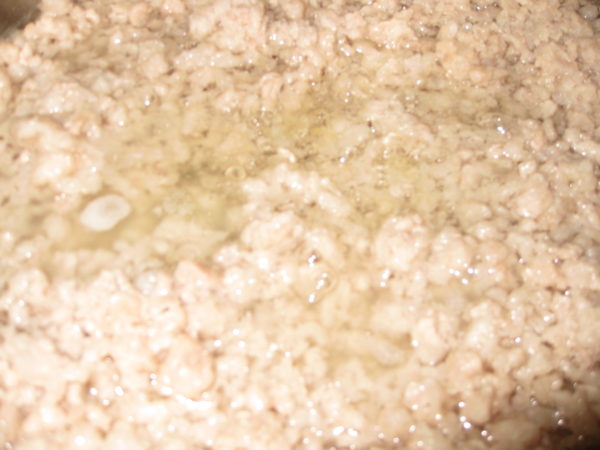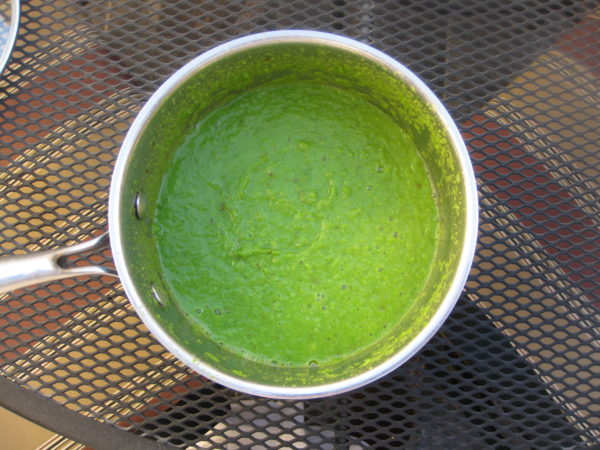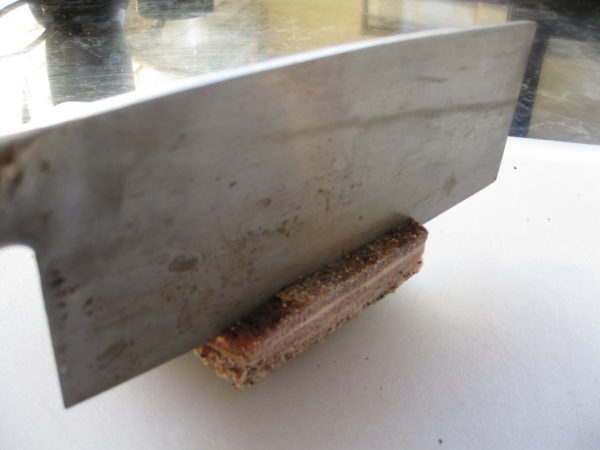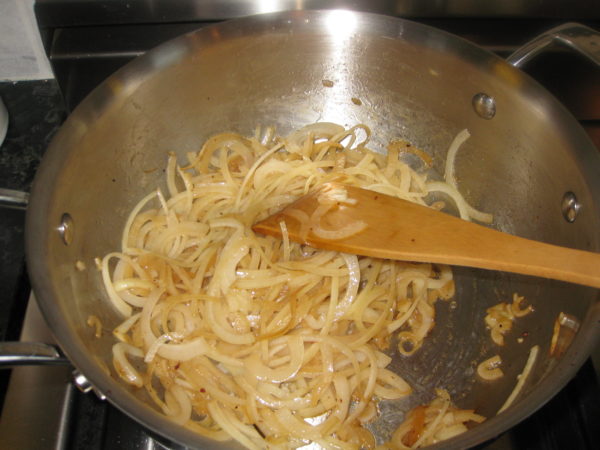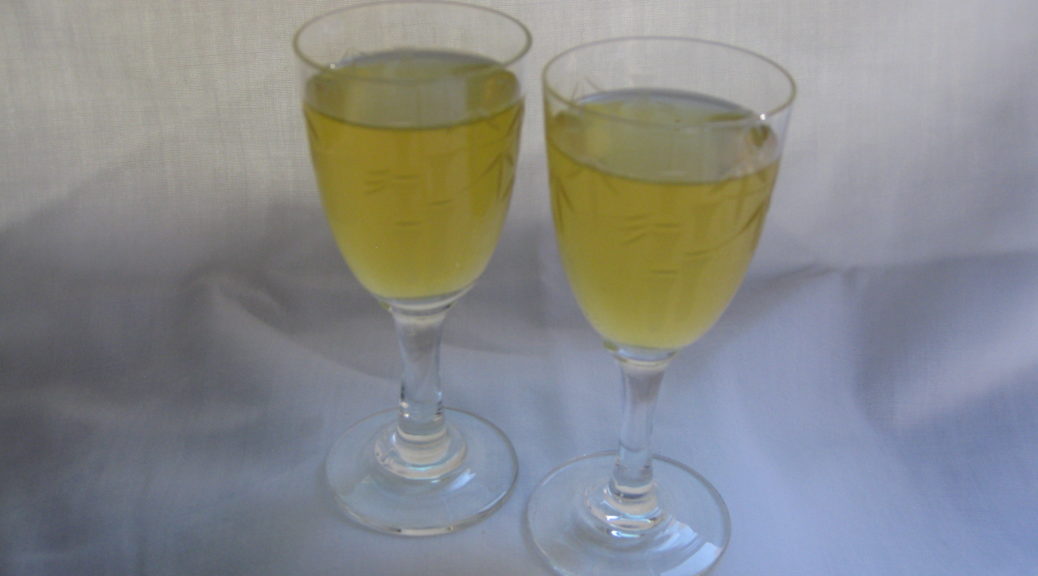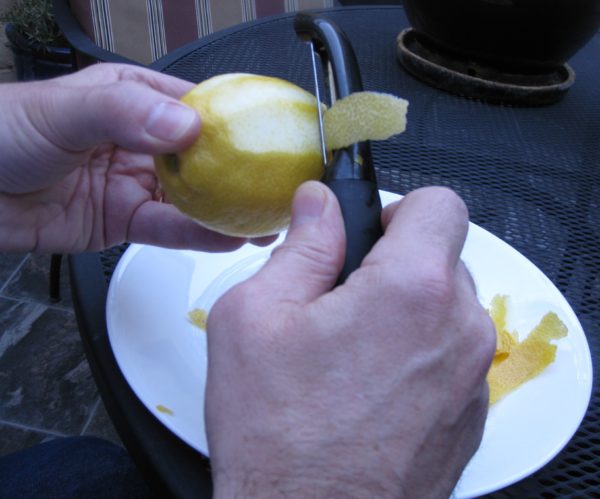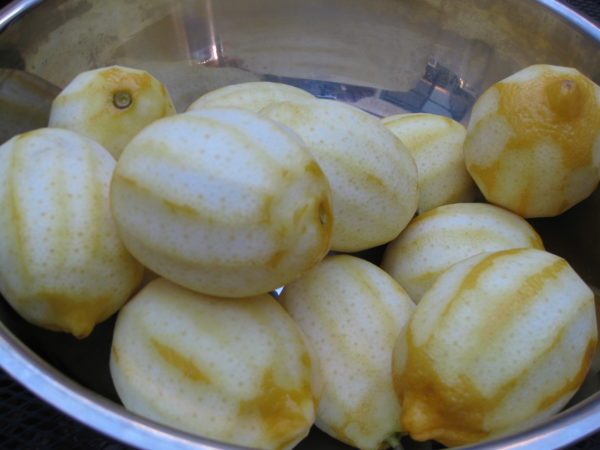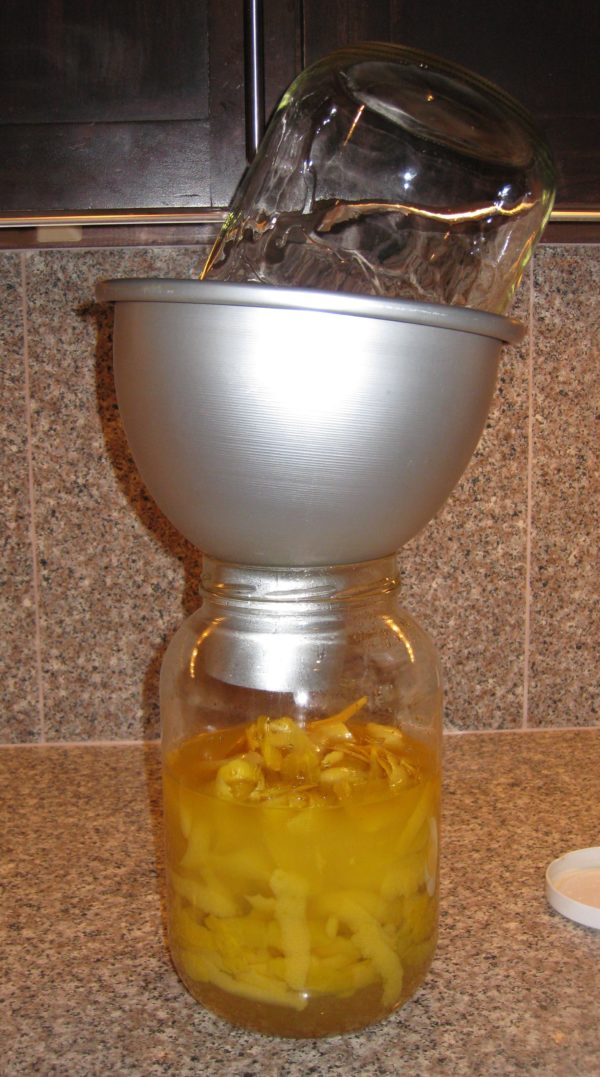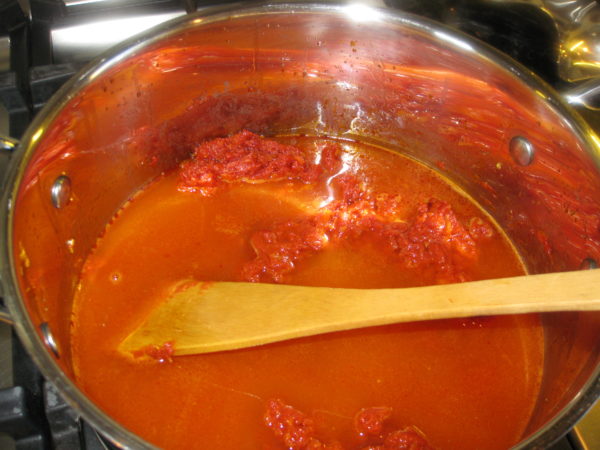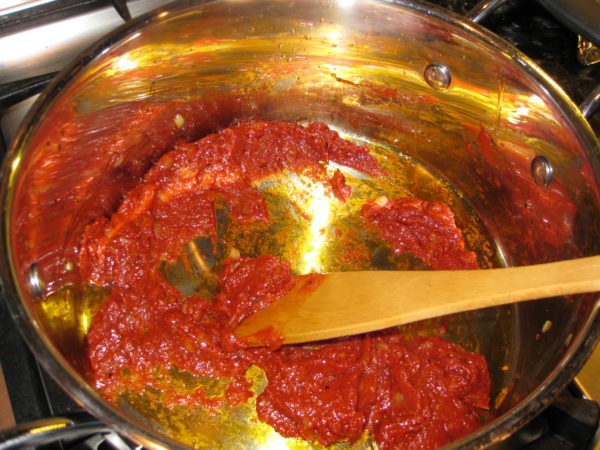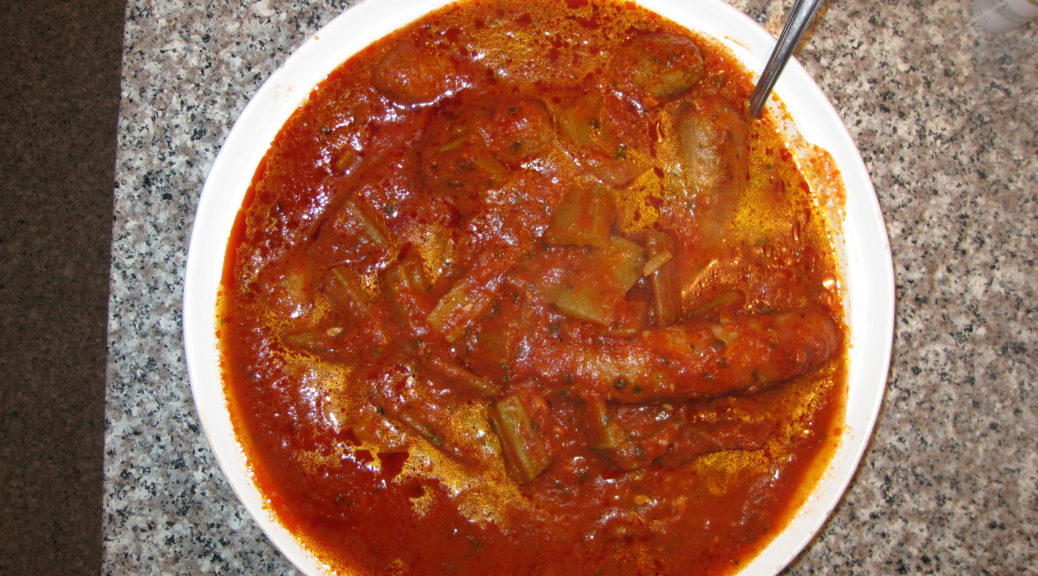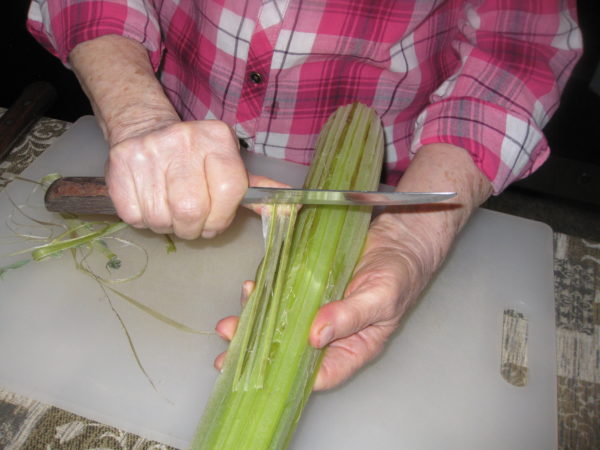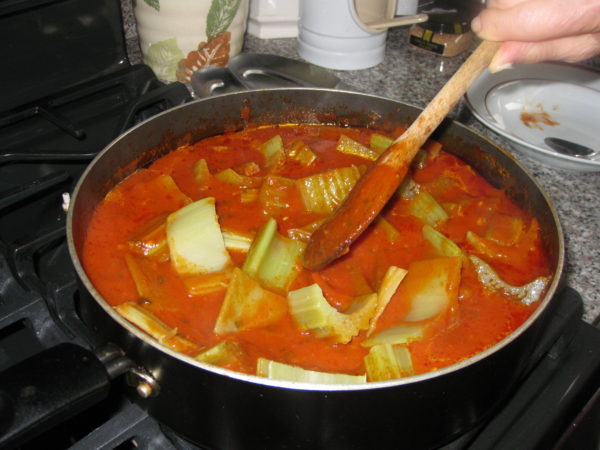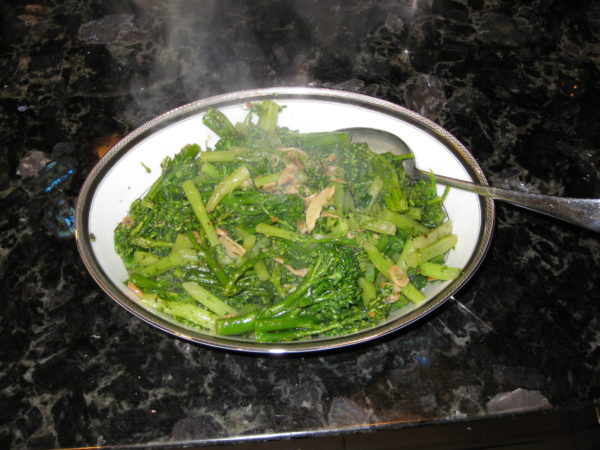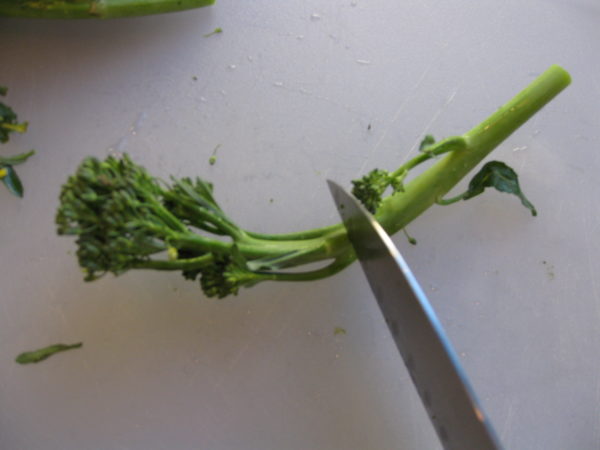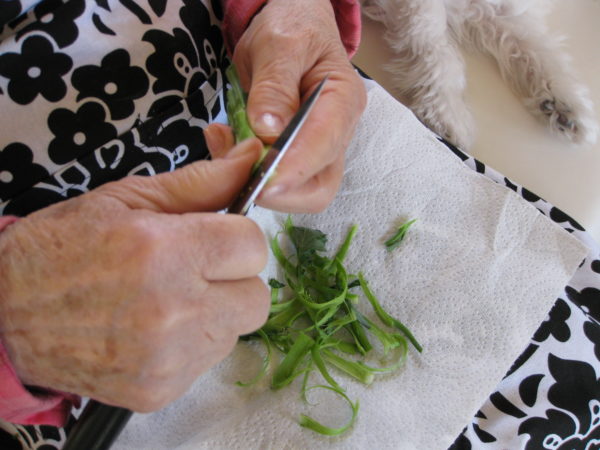April 21, 2017
For two countries that are geographically so close, Italy and France couldn’t be further apart on views of how to roast poultry.
The French typically roast quickly and at high temperature.
Italians are masters of the low and slow approach.
Italian roast chicken (or turkey, for that matter) literally falls apart. The French version does not. It’s a matter of style and technique, not quality or skill.
The usual style in the United States leans more toward France than Italy. It’s the basis of the style of roasting described in most modern cookbooks and cooking magazines; higher temperatures rather than lower temperatures and yanking the bird out of the oven as soon as it reaches the minimum acceptable temperature to be “cooked” and “safe.” Even when these magazines try to champion the approach of low and slow, they almost always miss the boat. They miss the boat because they are still focused on the thermometer approach.
You can’t do low and slow if you’re focused on getting the bird out of the oven as soon as it hits the “safe” temperature. Italian roast chicken is more like “pulled” chicken than the minimally cooked French version. The whole mouthfeel is different. So is the taste.
What I didn’t understand growing up is that my mother’s roast chicken and turkey drew from a broader Italian approach.
A few years ago we were in Tuscany having lunch with my husband’s Great Uncle Beppe and his family.
When the roast chicken was served, it was just like my mother’s! Seasoned with garlic, rosemary, salt and pepper and roasted slowly, till it basically fell apart.
My mother’s mother came to the United States from Calabria around the turn of the 20th century at four years of age. Here I was, nearly a century later in a province at the other end of the Italian peninsula eating chicken that could have been my mother’s, the way she learned it from her mother, who learned it from her mother.
I think that was a turning point for me in wanting to better understand Italian food traditions throughout the country and even throughout the Italian diaspora around the world.
Another amazing thing, when I think about it, is that my mother brined her chicken for an hour before cooking. We’re talking the 1960’s here (probably the 1950’s too but I’m too young to remember that) way before brining was ever mentioned in cooking circles. I can’t tell you why she did it or how it started but when I was learning to cook under her guidance, brining was always the first step for any recipe that included chicken.

| Prep Time | 10 minutes |
| Cook Time | 40 minutes per pound |
| Servings |
people
|
- 1 roasting chicken or turkey
- garlic powder
- Freshly ground black pepper
- dried rosemary or minced fresh rosemary
- salt
- 1/3 cup water sometimes I use white wine but mom never did
Ingredients
|

|
- Brine the bird, if you like, for about an hour.
- Thoroughly rinse and dry the bird.

- Prop the bird with the cavity facing up. Generously season the inside of the bird with garlic powder, rosemary black pepper and salt. As a matter of habit, if I'm using dried rosemary, I always crust it with my fingers before sprinkling it on the bird.

- Put the bird in a roasting pan, breast up, preferably one able to hold the bird rather snugly. The roasting pan should have a tight-fitting cover.
- Generously season the outside of the bird with garlic powder, rosemary, black pepper and salt.



- Add water (or wine) to the bottom of the roasting pan not over the top of the bird. You don't want to displace the seasonings.
- Cover and roast at 350°F for 30 minutes. Reduce heat to 275°F to 300°F.
- After the first hour, baste the bird with the juices in the roasting pan about every 30-45 minutes. Be sure to tip the bird, or use a basting bulb, to remove the juices from the cavity and add them to the juices in the bottom of the roasting pan.
- Roast for a total of 30-40 minutes per pound (including the first half hour). The bird should just about be falling off the bone.
- If there is too much liquid in the bottom of the pan or if the bird is not brown enough, uncover the pan for the last 30 minutes or so.

Poultry cooked this way will not submit to carving in a photogenic Norman Rockwell manner. It’s just a different style. It would be like trying to cut delicate slices from pulled pork. It’s not going to happen. That said, the joints will usually separate easily and you can cut along the grain rather than against the grain to portion appropriate-sized pieces for serving.
Copyright © 2017 by VillaSentieri.com. All rights reserved.











